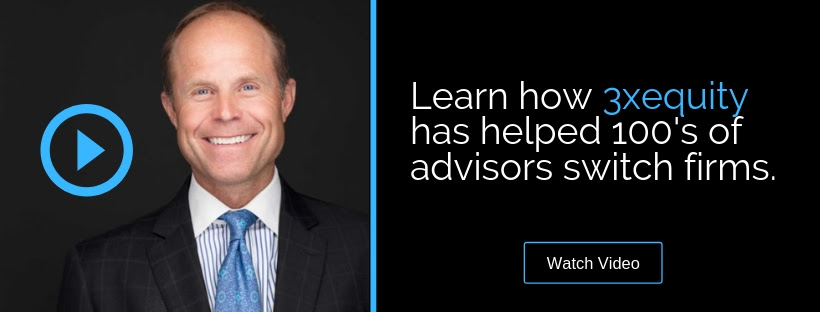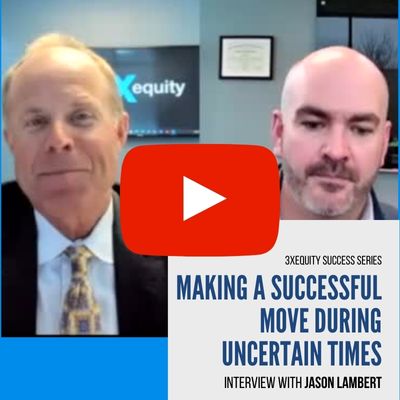
The DOL Fiduciary Rule was scheduled to phase in starting April 10, but thanks to an executive order signed by President Trump, the DOL is seeking a delay.
The Obama administration created the new ruling because it believed consumers need protection from conflicted investment advice, which it estimated costs investors $17 billion per year due to fees. If the ruling goes into effect, all financial professionals who work with retirement plans, or provide retirement planning advice, will be elevated to the level of fiduciary and will be legally and ethically required to meet these stricter standards.
Currently, financial professionals are held to the “suitability” standard. After the Fiduciary Rule is phased in, financial professionals will be held to the higher “fiduciary” standard, which requires financial professionals put their clients’ best interests first. Investopedia reports that “the stricter fiduciary standards could cost the financial services industry an estimated $2.4 billion per year by eliminating conflicts of interest.”
In February, the Trump administration issued a memo ordering the DOL to conduct a review of the Fiduciary Rule and assess whether it would limit investors’ access to investment products or advice, cause disruptions in the industry and increase litigation against financial firms. The DOL is seeking a 60-day delay to perform the review.
Regardless of the outcome of the DOL review, many firms have already made the move to comply with the new standards. The 40-year-old Employee Retirement Income Security Act (ERISA) rules were overdue for a change, and supporters of the Fiduciary Rule welcome the anticipated increase in transparency and lower fees for investors.




